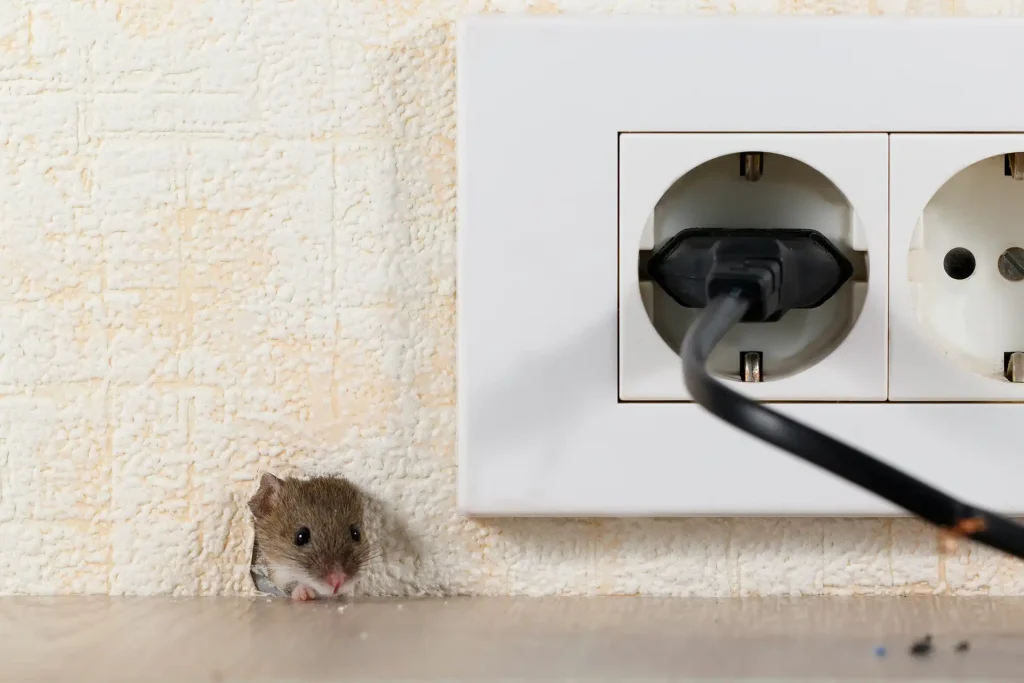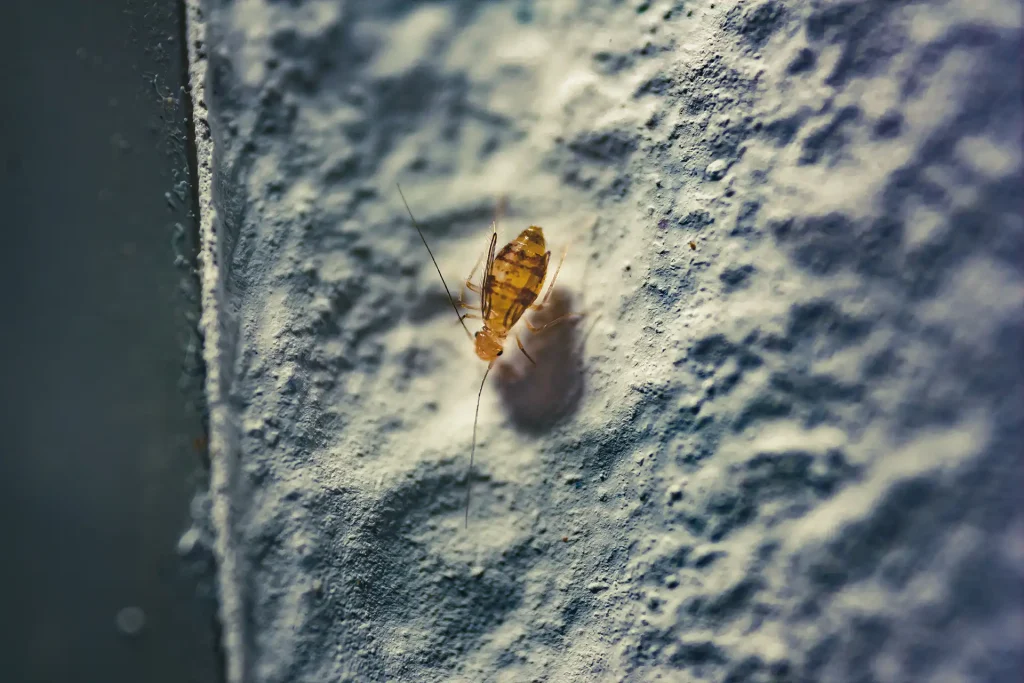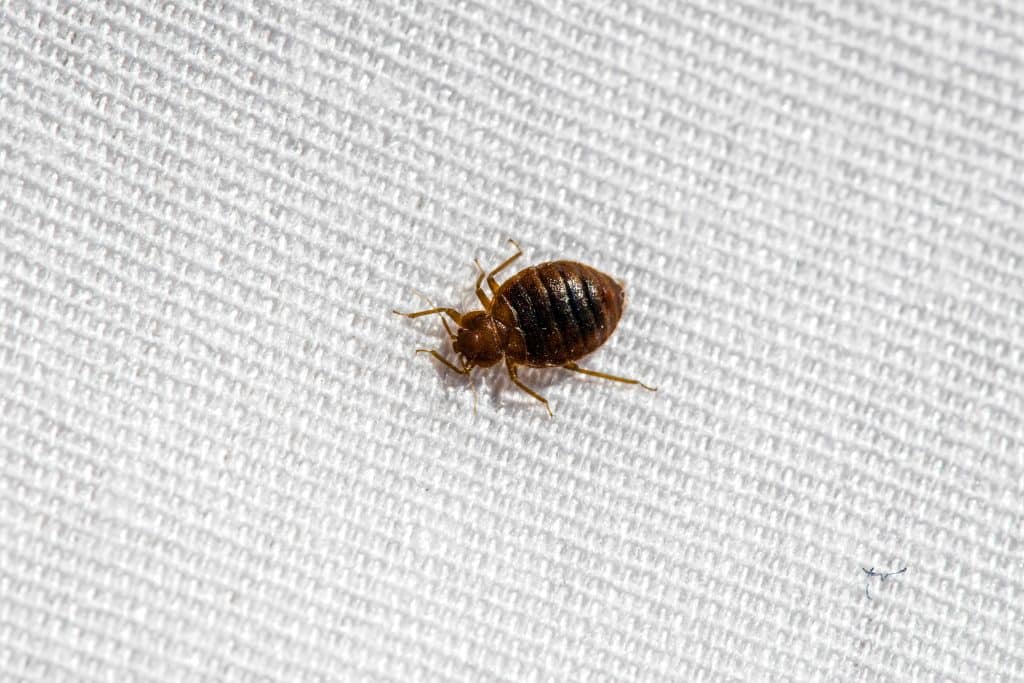Pests are affecting our everyday lives. Their infestations can spread quickly and cause significant damage to homes. Pests can gain access through an assortment of entry points, which is why it’s important to take precautions.
To prevent the pests from invading your home, you need to locate possible areas that can give them access indoors. Here are the 7 most common pest entry points you might discover and how to fix them.
1. Doorways
Closed doors will not bar the pests from entering your house. Gaps on the sides give bugs enough room to get through. To keep them from crawling underneath the door, you should place a door sweep. If there are cracks between the door and door frame, seal the gap with a thin layer of caulk.
2. Foundation Cracks
Insects and rodents can gain entry from the outside using foundation cracks at the base of your home. These can be under decks or underneath the house. For small cracks, you can seal them with a vinyl concrete patch being sold at home improvement stores. But for large ones, you might need a professional to do the job properly.
Read also: Top 3 Dangerous Rodent-Borne Diseases
3. Siding
A wooden siding on the exterior of your house is a weak spot for pest infiltration. Termites can chew through the wood and burrow into it. When this happens, ants and small rodents can also make use of this entry point to come into your home.
To prevent termites from spreading, a termite control treatment is a must. If the siding does not need replacement, fill small holes with wood filler and bigger holes with a piece of foam. Then apply caulk on the top and paint over it.
4. Chimney
Birds and squirrels love to enter houses through the chimney as this is a more direct way. If you got a chimney, you are likely to find these intruders one of these days. To seal the chimney from pests, cover the top with a fine wire mesh or a chimney cap. Smoke can still exit the fireplace but pests are kept out.
5. Roof
It’s not only water that you have to keep out by sealing your roof but pests too. Bugs can squeeze through the cracks while rodents can go inside through bigger holes in the roof. Keep them out by tightening or replacing shingles. For cracks in the roof, apply roof sealant to seal them.
6. Utility lines and vents
The holes in the walls where cords and pipes are located can be pest entry points. Make sure to seal up with caulk the gaps around the pipes. While for cords going through the pipe holes, stuff with steel wool the inside of the hole and apply caulk at the edges to keep it in place.
7. People
How do bugs get in your house when you’ve sealed all possible entry points? The culprit is you and everyone in your household! Pests like bedbugs, lice, and ticks can latch on to your clothes or body while you’re outdoors and can come home with you.
To ensure that pests stay outside, check yourself, your kids, or your pets for lice, fleas, and ticks. If you just came from a trip, follow these prevention tips to bar hitchhiking bugs from your house.
Final Thoughts
It is important to be aware of pest entry points. If you have a pest infestation in your home, don’t hesitate to call an expert in NEA pest control in Singapore immediately.








